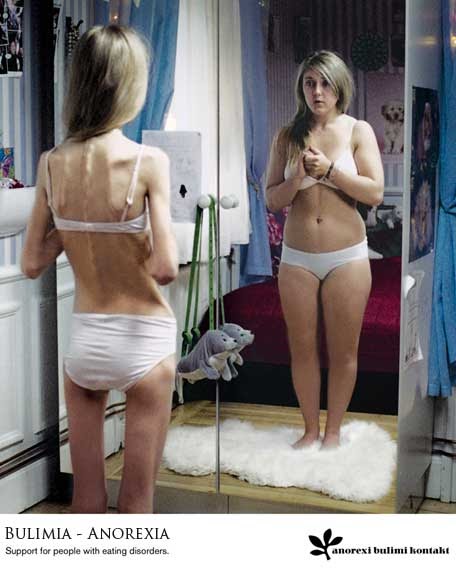Although its name is unknown to many, its incidence is increasing. Alcoorexia is a very serious eating disorder that is present in today’s society, its main characteristic is that the person with this disorder chooses to replace the calories provided by nutrients and foods with those found in alcoholic beverages, in order to obtain weight loss.
Not eating can lead to an anemic process that is difficult to remedy in the long term, if we add to this the damage caused to several organs of our body the regular consumption of alcohol, in excess and fasting, the danger increases terribly. The disease is a double problem: the mixture of an eating disorder and an alcohol addiction. Let’s take a closer look at what this is all about.
- People with alcohol abuse are very concerned about their weight.
- But they do not go to a nutritionist or specialist doctor to guide them with a proper metabolic diet.
- As with other eating disorders (TCA).
- Their obsession leads them to stop eating without professional supervision.
- With an additional risk factor: excessive drinking.
The main objective of these people is to achieve weight loss by performing two actions, on the one hand inhibiting food intake and, on the other hand, consuming alcohol without restrictions; the latter is considered a substitute for diet. so great that, in many cases, those affected end up dying.
Experts agree to consider alcohol abuse as a type of undescribed eating disorder that, in many cases, is accompanied by bulimia and anorexia; on several occasions these people cause vomiting to eliminate excess calories from the alcohol ingested.
However, there may also be people who suffer from alcohol abuse without this happening with another eating disorder, that is, they eat little and bad, and tend to drink a lot.
The most serious consequence of alcohol abuse is an alcoholic coma, a lot of alcohol in the blood can cause this condition, if we add to this the fact that not having food in the stomach facilitates a faster absorption of alcohol, we can say that the body collapses. You cannot neutralize such dehydration. Thus, an overdose of ethyl can cause cirrhosis and therefore death.
In addition, malnutrition and anemia are usually the two most obvious symptoms, so low levels of vitamins and minerals cause a chain reaction in the body: hair loss, amenorrhea, muscle weakness, difficulty sleeping well, lack of concentration, etc.
The difficulty in leaving any addiction is the growing need to consume an increasing amount of this substance in order to achieve the same effect. This phenomenon is also known as tolerance. For example: on the first day, with two doses of alcohol, we may feel a pleasant feeling. On the third day, we need three doses. After two weeks, we had five injections. And so on, until the necessary quantities are gigantic.
In alcoholism the same phenomenon also occurs, so every time affected people adopt this behavior, they need more alcohol consumption to inhibit their appetite, it is an endless cycle.
We are currently seeing an increase in consumption among young people and adolescents, who often skip meals because they know that they will drink alcohol at night, and among these groups, women are often much more concerned about their physical appearance. at that age, although the subject is not completely ignored by men, who are also very unsure of their identity and body image.
Therefore, especially at this age, parents should be aware of possible indicators of such risky behaviors, it is essential to promote preventive education and alert them through dialogue about the problems that can cause both food deprivation and excess alcohol. more in this period, when they are still in growth and psychological development.
Alcoorexia is a type of eating behavior disorder that is not yet included in the main psychological diagnostic manuals, however, its treatment should be done in its entirety, on the one hand a clinical and toxicological check-up should be performed, with blood tests to know the initial condition and evolution of the patient, on the other hand, psychological therapy and nutritional monitoring are also of extreme need , not only for the person with this eating disorder, but also for their nearest environment.

